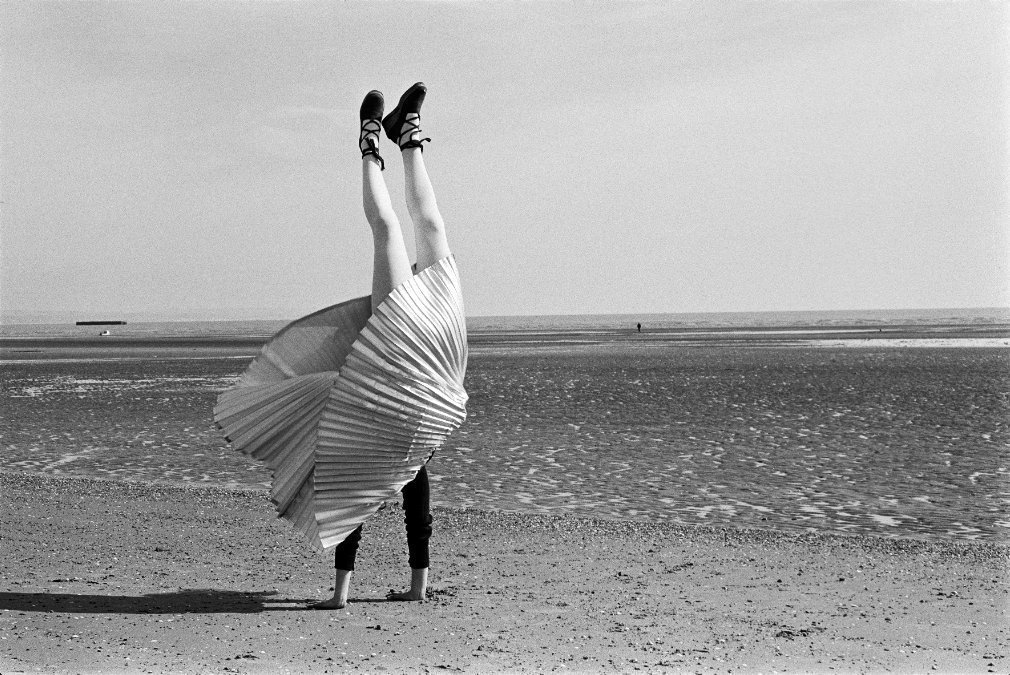16/09/15
Liberties
Collyer Bristow Gallery
2 July – 21 October 2015
The year 1975 was a landmark one for
women around the world. It was declared by the United Nations to be
International Women’s Year, and, in the UK, it saw the introduction of the Sex
Discrimination Act and the Employment Protection Act (making statutory
maternity pay a requirement for employers and legislating against dismissal on
the grounds of pregnancy). Since then, things have continued to improve in the
UK: in 1976, the Domestic Violence and Matrimonial Proceedings Act was
introduced; in 1979, Margaret Thatcher was elected as Britain’s first female prime
minister; in 1987, Julie Hayward, a canteen cook at a Liverpool shipyard,
became the first woman to win a case under the amended Equal Pay Act; and in 1992
Betty Boothroyd MP became the first female Speaker in the House of Commons.
There is still much to be fought for to achieve full equality, however, and the
creation of such projects as Million
Women Rise (2007) and the Everyday
Sexism Project (2012) is testament to this. This year has seen the founding
of the UK Women’s Equality Party by broadcaster Sandi Toksvig and author and journalist
Catherine Mayer.

Given this unsatisfactory status
quo, the curatorial duo Day+Gluckman (Lucy Day and Eliza Gluckman) wanted to
celebrate the 40th anniversary of a pivotal year, but also to provoke and
encourage continued attempts at revolution and radical transformation. As
Alexandra M Kokoli notes in an essay to accompany the exhibition,1 “feminist accounts of the past first emerged
as feminist responses to gaps in historical narratives”. The curation of this
show follows what the Dutch cultural theorist Mieke Bal has called a “preposterous
history”, whereby contemporary artworks quote or allude to past artworks,
“put[ting] what came chronologically first (‘pre’) as an aftereffect behind
(‘post’) its later recycling”.2 This is
exemplified in Jessica Voorsanger’s Claude Monet (Bald Series) (2013), where a
woman is seen adorned with the artist’s iconic beard; Rose English’s Baroque
Harriet 2 and 3 (1973) where
women are seen reclining on a chaise longue and posed in a frame, but wrapped
up respectively in a duvet and a large bow, destroying the traditional gaze, by
offering them some modesty; and EJ Major’s series investigating the axe attack
on Velázquez’s Rokeby Venus by suffragette Mary Richardson in 1914.
Read the rest of this review here